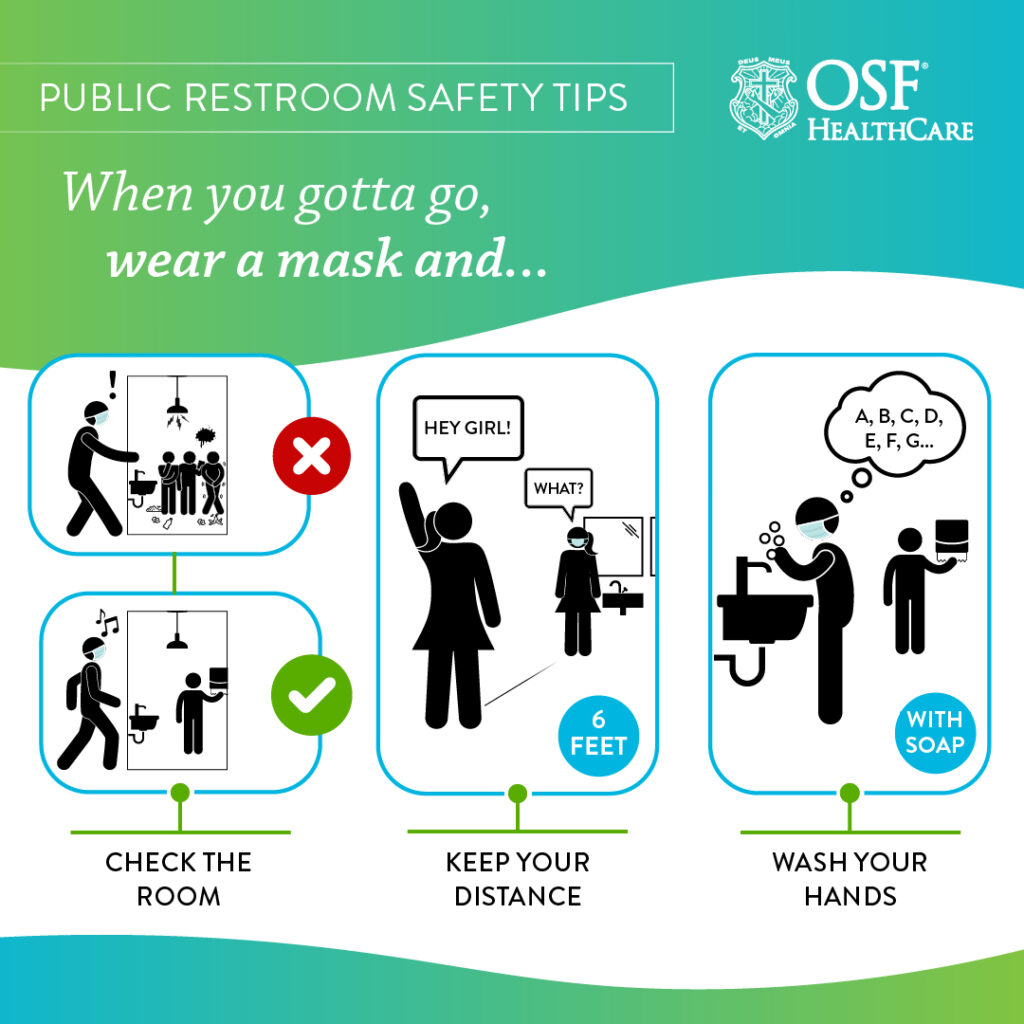Understanding the Risks of Public Restroom Use
Stepping into a public restroom, many people experience an immediate discomfort, often wondering just how many germs inhabit these spaces. With the unpleasant sight and odor often associated with public toilets, the concern about catching diseases—especially from toilet seats—lurks in the back of most people’s minds. But what do experts observe concerning the survival of pathogens in these communal facilities?
Are Toilet Seats a Major Health Risk?
Jill Roberts, a public health and microbiology professor at the University of South Florida, explains that while it is theoretically possible to contract diseases from a toilet seat, the actual risk is negligible. “The likelihood of catching sexually transmitted diseases (STDs) like gonorrhea or chlamydia from a toilet seat is extremely low,” she states. Most pathogens associated with STDs cannot endure outside the human body for extended periods, especially on cold, hard surfaces.
For an infection to occur, one would need to come into direct contact with contaminated bodily fluids and then transfer these to their genital area, which is quite unlikely. Experts agree that maintaining good hygiene practices is essential, but there’s little need for extreme measures.
Not All Pathogens Are Created Equal
Although many infections are unlikely to be transmitted via toilet seats, there are exceptions. Human papillomavirus (HPV), known to cause genital warts, can survive for up to a week on surfaces, given the right conditions. Professor Karen Duus notes that HPV has a solid protective shell that allows it to withstand environmental factors longer than many other viruses. However, contracting HPV typically requires a break in the skin barrier during sexual contact rather than from toilet use.
Genital herpes presents another theoretical risk under specific conditions. A person with an active outbreak could possibly leave the virus on a toilet seat, but this scenario is also considered highly unlikely. Daniel Atkinson, a clinical lead at an online healthcare service, emphasizes that the risk remains minimal.
Should You Cover the Seat or Hover?
Many people rely on toilet seat covers or draping toilet paper over the seat, which, while providing a sense of cleanliness, may not effectively shield users from germs. Research indicates that these materials are porous enough to allow pathogens to penetrate through and still come into contact with the skin. Additionally, experts warn that hovering over the seat may lead to pelvic strain and incomplete bladder emptying, potentially increasing the risk of urinary tract infections (UTIs).
The Bigger Picture: Infection Sources in Bathrooms
Surprisingly, bathrooms may not be as dangerous as commonly perceived. According to Charles Gerba, a virology professor at the University of Arizona, home restrooms often contain more germs than public facilities. “In many locations, cleaning crews diligently wipe down public toilets several times a day, while households might only clean their bathrooms weekly,” he reports.
| Pathogen | Survival Time on Toilet Seat | Transmission Risk |
|---|---|---|
| STDs (e.g., Chlamydia) | Very short | Low |
| HPV | Up to 1 week | Dependent on skin condition |
| Genital Herpes | Very short | Very low |
| Norovirus | Variable | Higher risk via surfaces |
Practical Advice for Avoiding Illness
To minimize the risk of illness while using a restroom, consider these practical suggestions:
- Limit contact with surfaces; use foot-operated flushers and soap dispensers when available.
- Always wash your hands thoroughly with soap and water for at least 20 seconds.
- After washing, consider using hand sanitizer for added protection.
- Avoid bringing your phone into the stall to prevent contamination.
Remember, while the idea of germs in bathrooms might be unsettling, your actual risk of contracting an illness from a public restroom is typically lower than you might think. Prioritizing good hygiene practices can significantly mitigate those risks.

